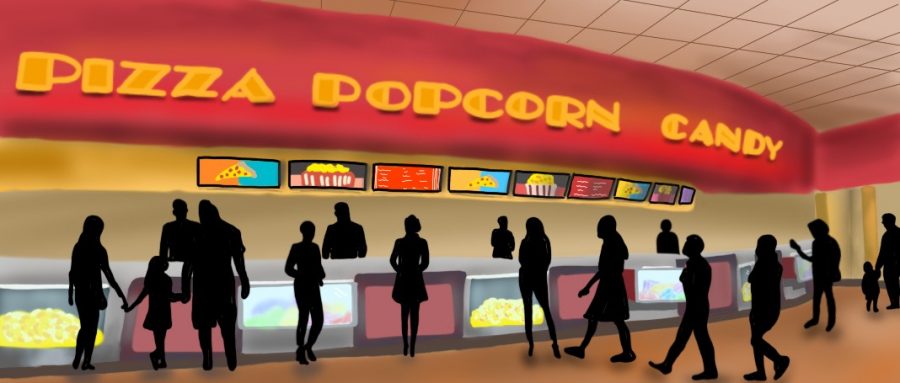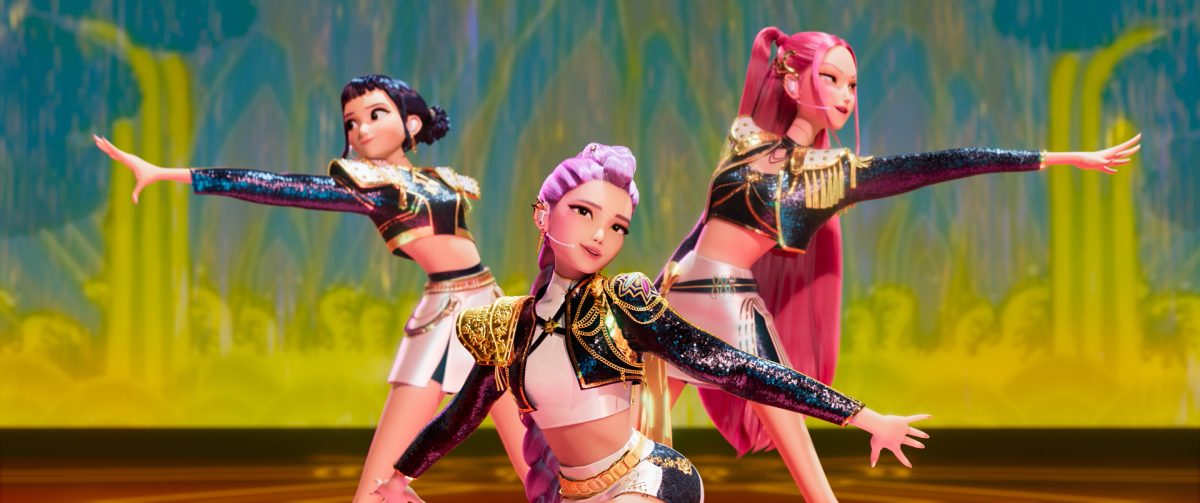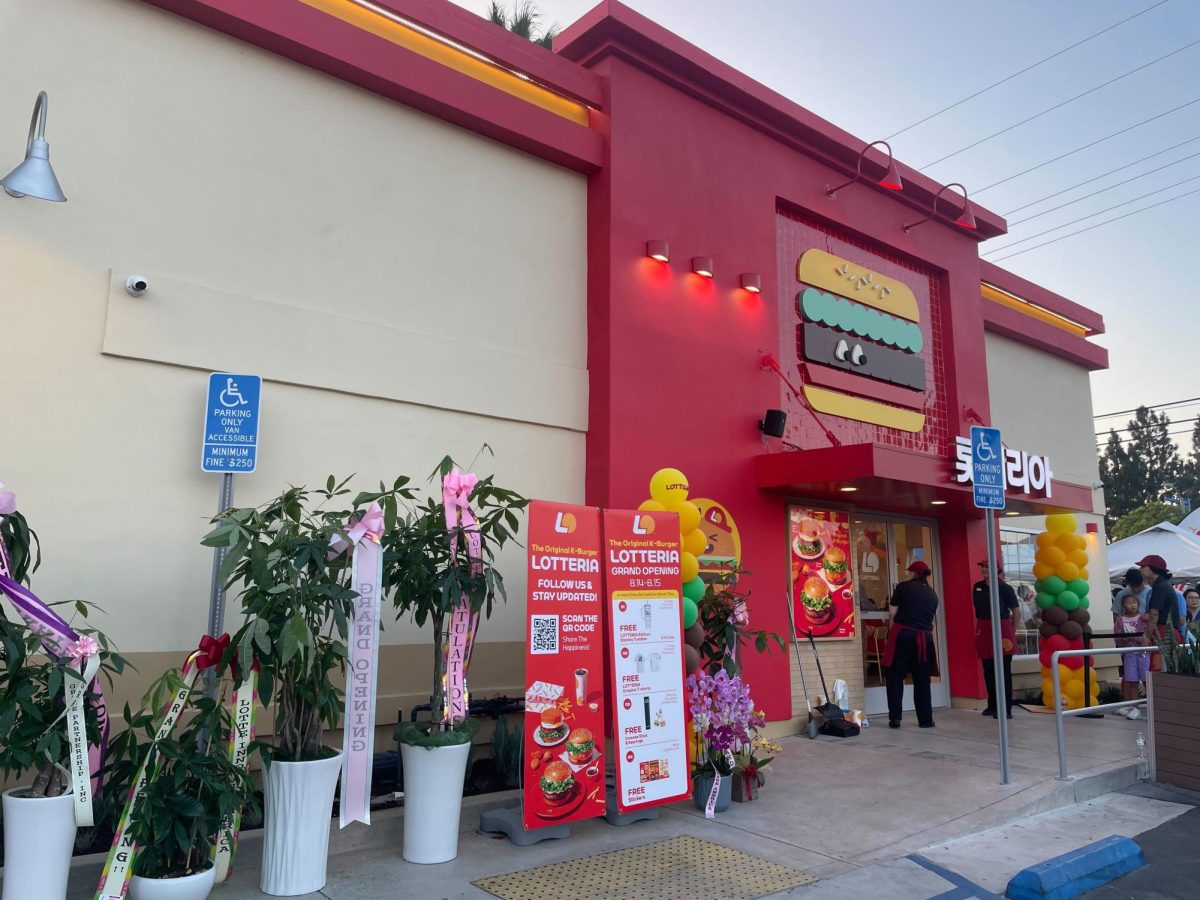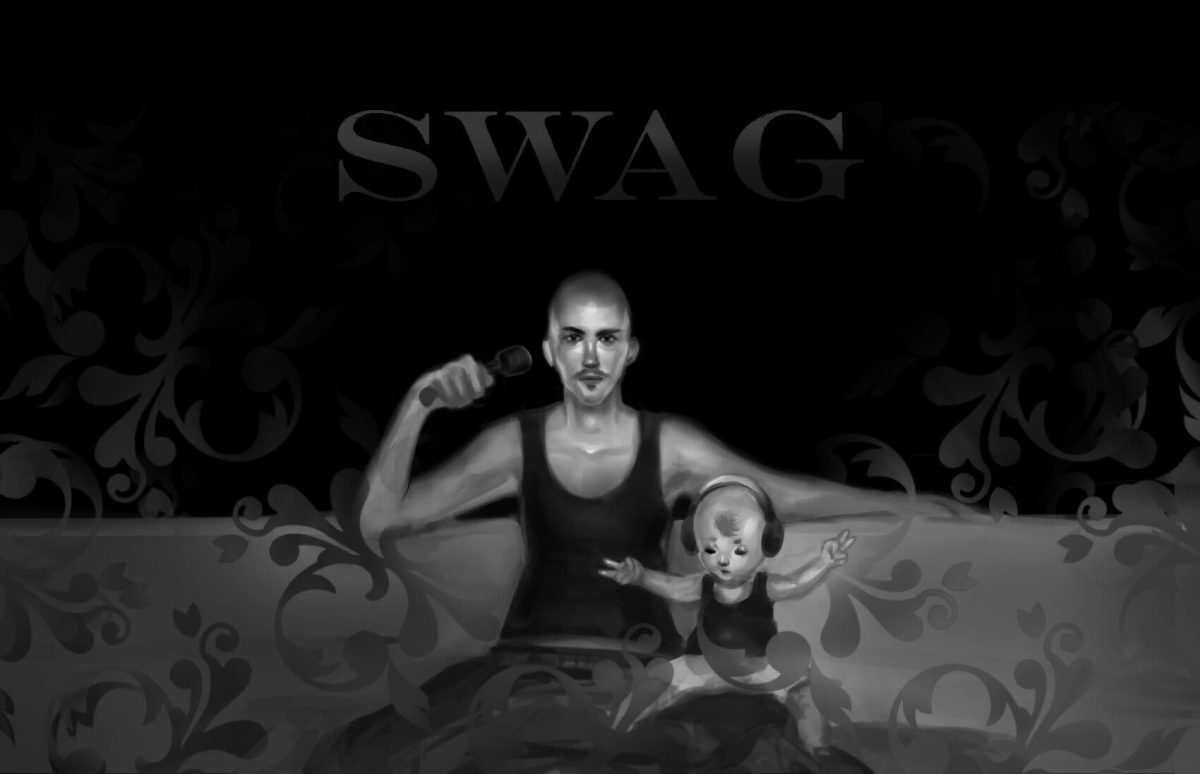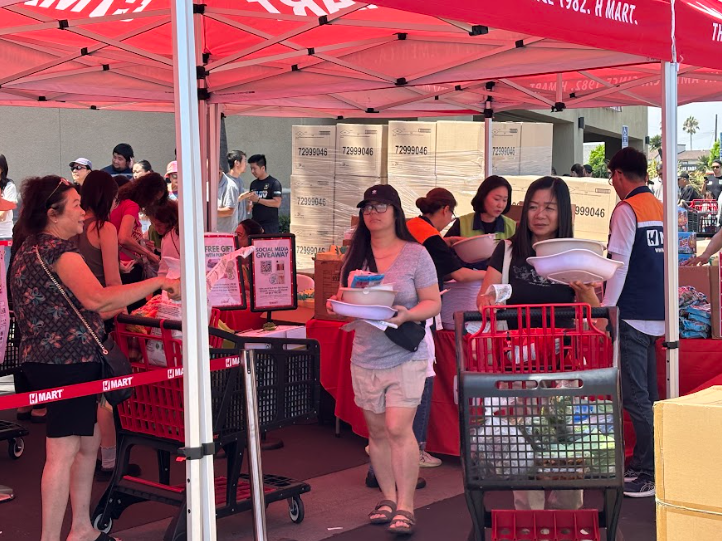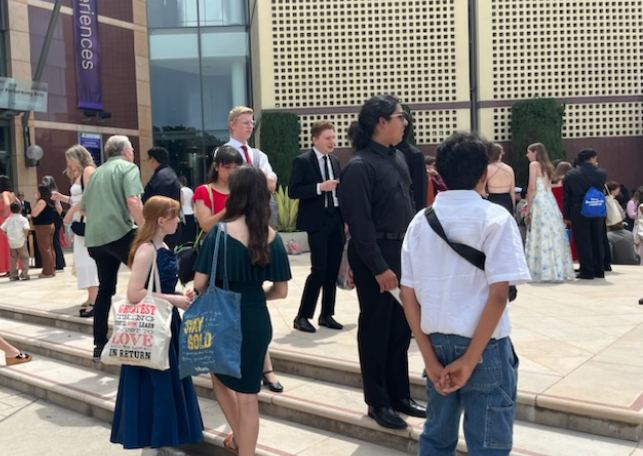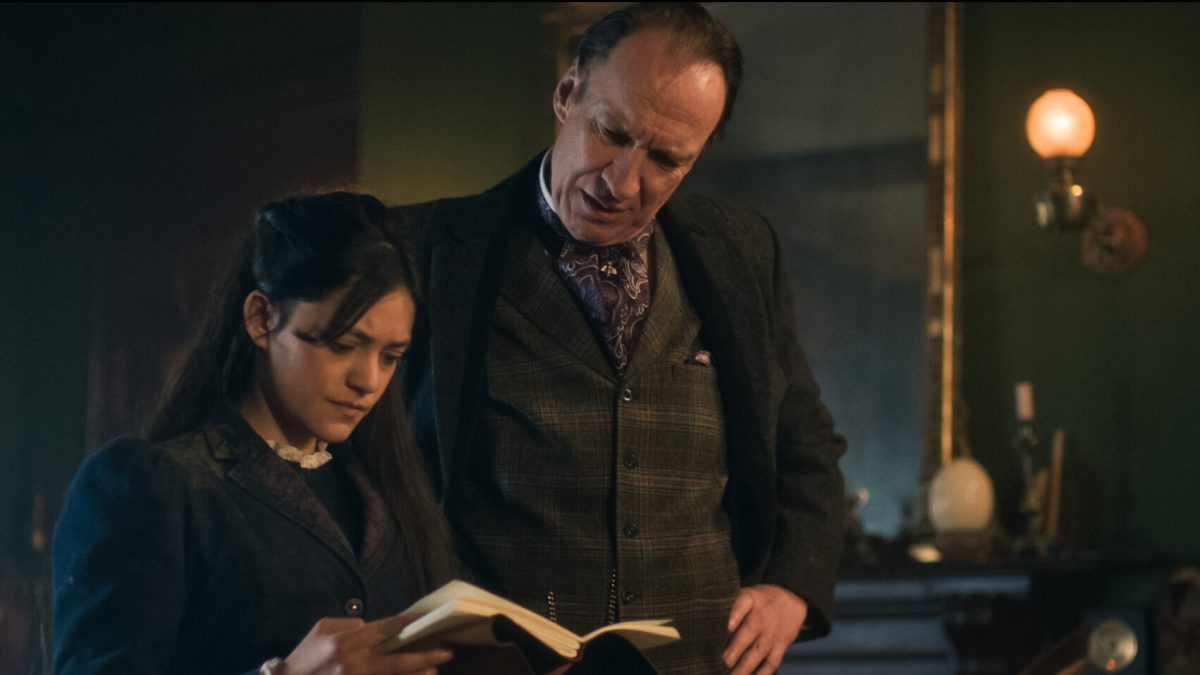Breathing in the savory aroma of buttery popcorn, the audience makes its way through rows of velvety chairs and plops down into the seats with hands full of snacks and cold beverages. The room fills with a murmur of conversation before the lights dim and the projector lights up the screen, illuminating the room.
This is how the standard movie theater experience begins.
However, this familiar viewing practice changed forever with the start of the first lockdown on March 13, 2020, which almost immediately closed down movie theaters in order to prevent the spread of the novel coronavirus.
Nearly a year later by March 3, COVID-19 has infected 29.3 million people in the United States, killing 531,000. During that time period, Hollywood halted its production schedules and studios continually pushed back blockbuster movie release dates. Disney’s “Mulan,” for example, had its March 27, 2020 release delayed three times following its March 9, 2020 premiere before finally being released Sept. 4. Those in charge of the Happiest Movie Studio on Earth decided to break with precedent and released its $200 million production of “Mulan” direct to its Disney Plus home video platform at a cost of $29.99 and is now free for subscribers to watch as of Dec. 4.
AMC Entertainment, the largest movie theater chain in the world, lost $4.59 billion and dropped 77% in full-year revenue in 2020, according to a March 10 Los Angeles Times article.
Not only has the pandemic affected movie theater businesses, but it has also altered many others’ dependence on the cinematic experience as a source of entertainment.
Sophomore Jacqueline Woo said she has missed the moments when the movie theater became the focal point of her and her friends’ social gathering.
“I remember [when] I went with my friend to watch ‘Frozen 2,’ and then at the end, we stayed to watch the credits, and it was just the two of us in the movie theater so it was really peaceful,” Woo said. “It’s a good memory that I can’t really relive because of COVID.”
Likewise, sophomore Harshika Saravanan hopes to go back to the theaters as soon as possible to experience watching movies in the iconic theater setting.
“I just miss sitting and watching in the dark room, hearing the sound of the music, eating popcorn and being on the edge of your seat while watching a movie,” said Saravanan, who frequented the theaters at least a few times a month before the pandemic started. “I definitely watch fewer movies now [since theaters are closed].”
But with news that mega movie chains like AMC are planning to reopen this weekend or next week following COVID-19 safety guidelines, students can now relive that experience. However, the experience won’t be normal as restrictions such as social distancing, having masks on at all time and a reduced capacity are being put in place, according to Cinema Safe, a program promoting guidelines to support a safe return to movie theaters.
Meanwhile, students have adapted to coming up with different means of enjoying films.
Avid moviegoer junior Zachary Tan turned to the drive-in theater alternative, although he found it to be somewhat disappointing in comparison to going to the cinemas.
Though drive-in movie theaters are cheaper and, like normal movie houses, also sell snacks, Tan, who went with his two friends on Sept. 27 to watch “La-La-Land,” doesn’t recommend such an activity for any of his peers.
“It was really cold at night, and I could hear other people in cars talking,” he said.
However, junior Natalie Moss, who watched movies at drive-in theaters three previous times before going again during the pandemic, highly recommends students to at least give it a chance.
Moss suggests that her peers check out the Van Buren Drive-In Theatre located in Riverside, Calif.
“I recommend it especially if you are OK with the drive and because it’s a lot cheaper and teenage-friendly,” Moss said. “You can even open the trunk of your car and talk, as long as you aren’t too loud, and you can [also] hypothetically bring your dog if you want.”
Like Tan and Moss, movie-lover Woo has resorted to another option — watching Netflix movies and shows with her friends at least once a week through Teleparty, which allows groups of people to watch films virtually from Netflix, Disney Plus, Hulu or HBO.
“It’s fun because we get to chat throughout the whole movie, but I feel like it will be better in person,” Woo said. “Going to the movies with friends is so much better than just being alone in your room.”
Though movie theaters are set to open as soon as this weekend, Woo says she won’t be going until she feels it is safe enough.
“Because I’m scared of COVID, it would take at least a couple of months for me to feel comfortable enough to go back,” she said. “I’ll probably start going back once the vaccine gets pushed out more.”
Likewise, Saravanan mentioned how she would only go back if more people got vaccinated.
“I would go three months after [movie theaters] open up,” Saravanan said. “I think I’ll feel safe enough when they [can] get rid of social distancing and it’s safe enough to sit next to each other with masks on.”
Though students miss the in-person movies, they feel it won’t be too long until theaters become completely safe to open to the public like pre-COVID times.
The reopening of movie theaters has slowly been making a recovery, with cinemas already in business in states like Florida, Texas and Ohio and big theaters in New York City and San Francisco opening up this year, according to a March 5 article from The Wall Street Journal.
“I think we will be able to go soon because COVID vaccines are already being distributed,” Saravanan said.
Saravanan and Woo say they expect the theaters to be completely open to the public by, at the earliest, this summer or next year.
“I think it’ll be possible, especially with school happening and things going back to normal,” Woo said. “Even if it does take a while, I’m OK with that. As long as it’s safe, I’ll wait as long as I have to.”



